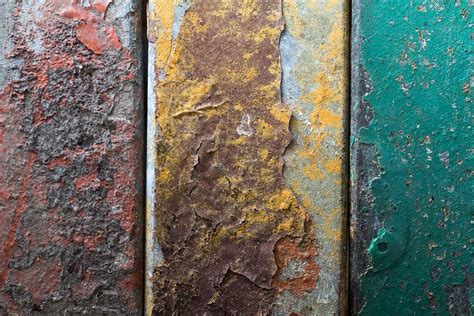Oil Paintings on Metal: The Ultimate Protection Guide
Oil paintings on metal offer a unique aesthetic, combining the vibrancy of oil paints with the cool, reflective surface of the metal panel. However, this combination presents unique challenges when it comes to preservation. Metal, unlike canvas, can react to environmental changes and the painting itself, potentially leading to damage. This guide will delve into the crucial aspects of protecting your oil painting on metal, ensuring its longevity and beauty for years to come.
Why Protect Oil Paintings on Metal?
Metal panels, while aesthetically pleasing, are susceptible to several factors that can harm your artwork. These include:
- Temperature Fluctuations: Extreme temperatures can cause the metal to expand and contract, leading to cracking in the paint layer.
- Humidity: High humidity can cause rust or corrosion on the metal, potentially damaging the painting.
- UV Exposure: Sunlight's ultraviolet (UV) rays can fade the colors of your oil painting over time.
- Physical Damage: Metal panels can be more easily damaged than canvas, susceptible to scratches and dents.
Choosing the Right Metal Panel for Oil Painting
The type of metal used significantly impacts the painting's longevity. Aluminum is a popular choice due to its lightweight nature and resistance to rust. However, even aluminum requires proper preparation and protection. Steel, while strong, is more prone to rust and requires meticulous surface preparation to prevent this. Copper and other metals can also be used, but they require specialized protective measures to prevent tarnishing and oxidation.
Preparing the Metal Panel for Painting
Proper preparation is crucial for the longevity of your oil painting. This includes:
- Cleaning: Thoroughly clean the metal panel to remove any dust, grease, or debris.
- Priming: Applying a suitable primer is essential. This creates a barrier between the metal and the paint, preventing chemical reactions and providing an even surface for painting. Acrylic primers are often preferred for their flexibility and durability. Multiple thin layers are better than one thick layer.
- Testing: Always test your primer and paint on a small, inconspicuous area of the panel before applying it to the whole surface. This helps to ensure compatibility and avoid any unexpected reactions.
Protecting Your Finished Oil Painting on Metal
Once the painting is complete, continued protection is vital:
- Varnish: Applying a high-quality archival varnish protects the paint layer from UV damage, dust, and minor scratches. Consider a UV-resistant varnish specifically designed for oil paintings. Remember to follow the manufacturer's instructions carefully.
- Framing: Choose a frame that provides adequate protection and spacing. Avoid frames that press directly against the painting surface. A frame with UV-filtering glazing will offer additional protection against sunlight.
- Display Environment: Keep the painting away from direct sunlight, extreme temperatures, and high humidity. A climate-controlled environment is ideal. Avoid hanging it near heating or cooling vents.
- Regular Cleaning: Gently dust the painting regularly using a soft, dry brush or microfiber cloth. Avoid using harsh chemicals or abrasive cleaners.
How Do I Clean an Oil Painting on Metal?
Cleaning an oil painting on metal requires a delicate touch. Use a soft, dry brush or a microfiber cloth to gently remove dust. For more stubborn marks, consider using a slightly damp (not wet!) cloth, but test it on an inconspicuous area first. Avoid using any harsh chemicals or abrasive cleaners that could damage the varnish or paint layer.
What is the Best Varnish for Oil Paintings on Metal?
The best varnish for an oil painting on metal is a high-quality, archival-quality, UV-resistant varnish specifically formulated for oil paints. Several reputable brands offer such varnishes, but always research and select a product suitable for your specific needs and painting.
How Often Should I Varnish an Oil Painting on Metal?
The frequency of varnishing depends on several factors, including the environment and the type of varnish used. Generally, varnishing every 5-10 years is a good rule of thumb. However, if you notice the varnish becoming dull or damaged, it may need to be re-varnished sooner.
What are the Signs of Damage to an Oil Painting on Metal?
Signs of damage can include cracking or flaking paint, discoloration, rust or corrosion on the metal, and bubbling or lifting of the paint layer. If you notice any of these signs, consult a professional art conservator for advice.
By following these protective measures, you can ensure your oil painting on metal remains a cherished piece for generations to come. Remember, prevention is key. Proactive care will significantly extend the life of your artwork.

